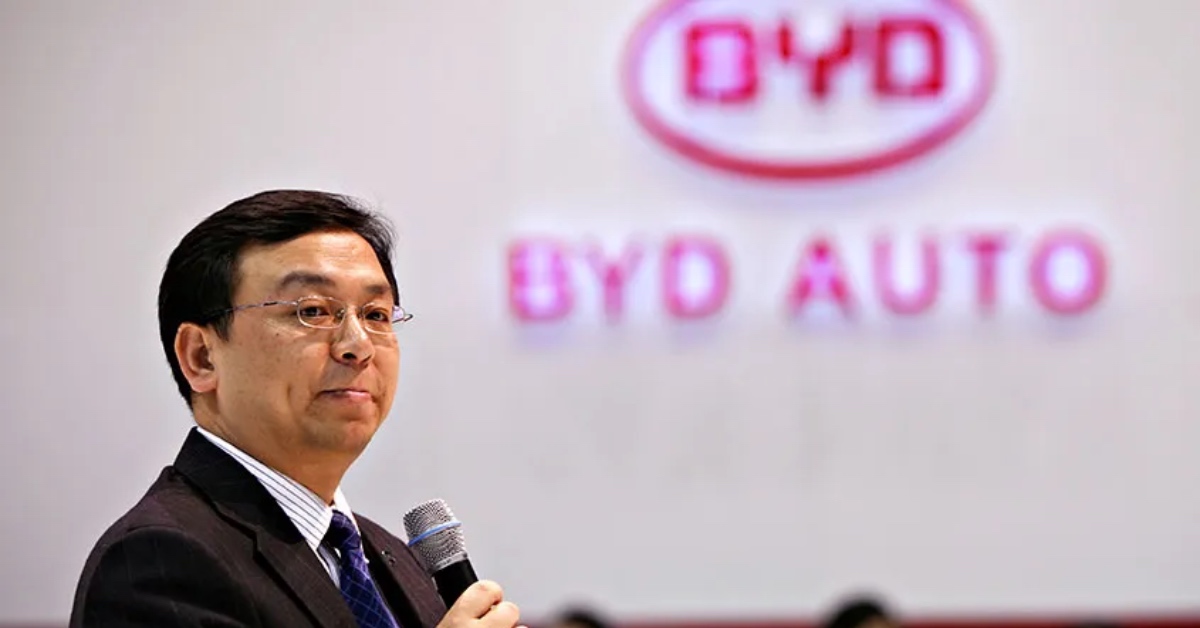When BYD first announced that it would transition from making batteries to electric vehicles (EVs) and hybrid cars in 2003, it was met with ridicule and scepticism. Wang Chuanfu, the 57-year-old founder and CEO of the firm, recalled that the value of BYD’s shares halved as investors questioned its strategy.
But they’re not to blame. After all, many companies that have tried to break into the industry have failed miserably, mainly due to the small market size and the need for breakthrough innovations to commercialise the vehicles at the time.
Securing investment from Warren Buffet marked a turning point for BYD, yet, the skepticism still followed.
“Have you seen their car?”, Tesla CEO Elon Musk asked contemptuously in a Bloomberg interview back in 2011. “I don’t think they have a great product. I don’t think it’s particularly attractive, the technology is not very strong,” he added.
There were moments where Wang contemplated giving up. Nevertheless, he still sought to realise his vision of transforming BYD into a prominent player in the EV industry.
The 57-year-old eventually brought his aspirations to fruition after years of relentless dedication. By 2023, BYD has dominated the global EV industry, overtaking Tesla to become the world’s biggest EV manufacturer.
In Singapore, it has become the top-selling EV brand, and is the first car brand from China to rank among the city-state’s top 10 best selling cars.
But how did Wang manage to steer his company to such unprecedented success?
He loaned US$300,000 to start BYD
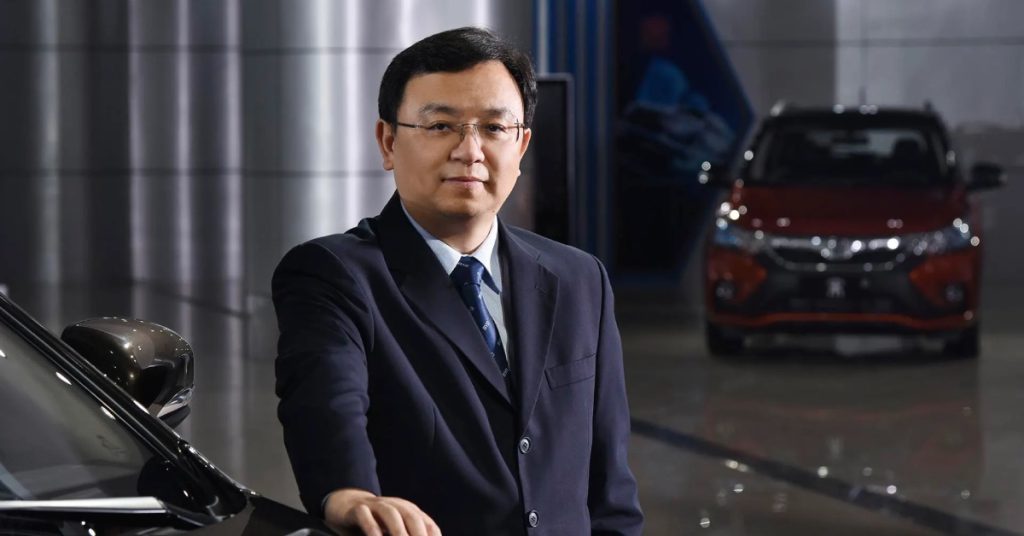
Born in 1966 in east China’s agricultural Anhui province, Wang was raised by his older siblings after his parents, who were both rice farmers, passed away. After obtaining a Master’s degree in battery technology under a scholarship, he went on to become a researcher for the Chinese government.
A few years into his career, Wang moved to Shenzhen, where he founded a cellphone manufacturing company with his cousin, Lu Xiangyang, and named it BYD. With a borrowed sum of about US$300,000 from one of his wealthy relatives, he swiftly established both an office and a factory within four months.
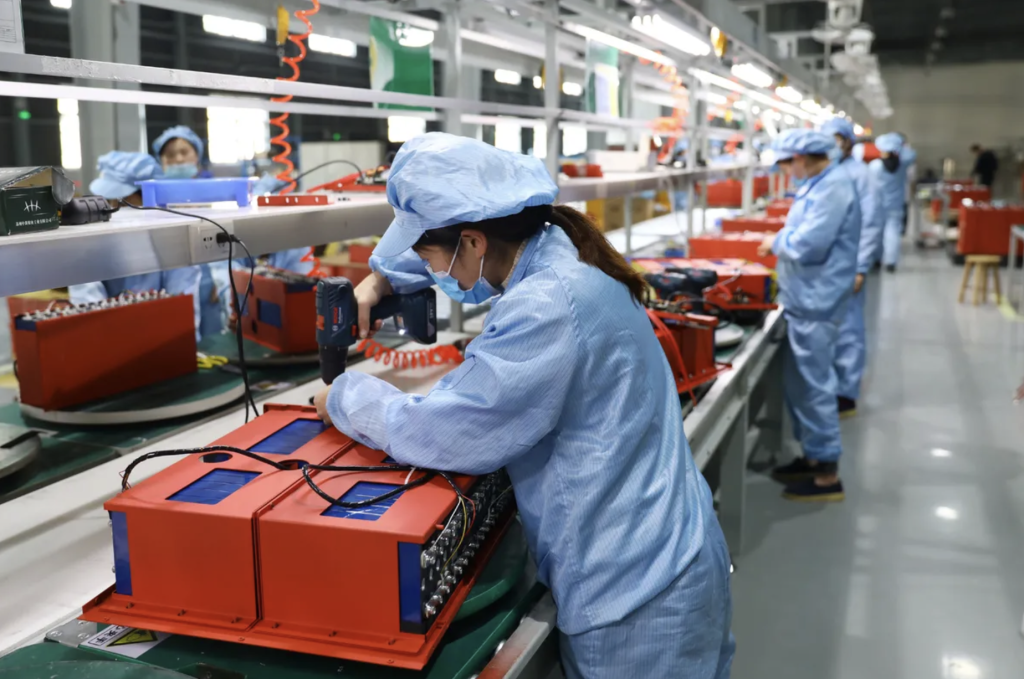
From the outset, BYD sought to replicate successful products made by the likes of Japanese leaders like Sanyo, Toyota, and Sony, but at a lower cost.
Instead of investing into expensive machinery, Wang relied on a huge workforce of more than 1,000 workers. He broke down the battery manufacturing process into hundreds of steps that untrained workers could manage without expensive equipment.
Although incorporating more manual labour meant that the company sacrificed its nominal productivity by approximately ten fold as compared to Japanese companies, BYD’s batteries still held a competitive edge—their unit cost was five or six times lower than that of Japanese batteries.
By 2002, BYD had established itself as one of the world’s top five rechargeable-battery manufacturers, attracting major customers such as Motorola, Siemens, Samsung, and Nokia.
He drank battery fluid to impress investors
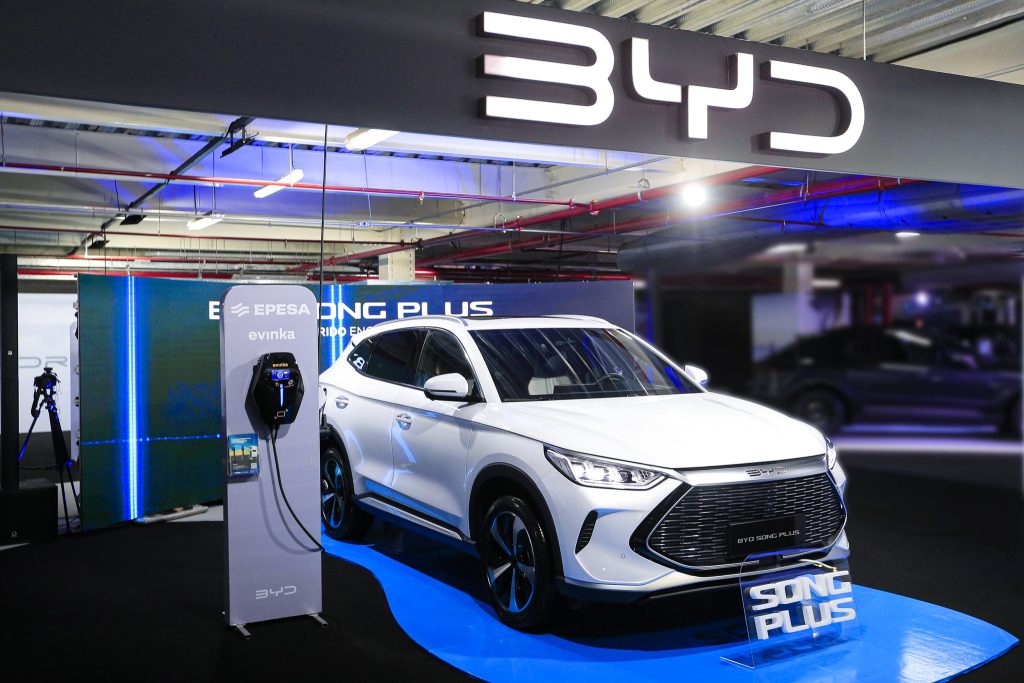
Riding on the waves of success, BYD went public on the Hong Kong Stock Exchange in 2002, but Wang’s ambitions did not just stop there.
Seeing the potential for the use of batteries in the automobile industry, he purchased a failing state car manufacturer, Tsinchuan Automobile, and ventured on a journey that would see BYD evolve into a major player in the global EV market.
Despite facing pushback from its investors, BYD released its first car in 2005, a gasoline-powered sedan called the F3 that resembled the Toyota Corolla. In fact, the two were almost identical; to the untrained eye, the only difference between the cars was their insignias.
But the F3 was also significantly more affordable than its rival, which could explain why the gasoline-engine car topped sales charts in China by the late 2000s. The car was sold for as little as US$8,000, which was about half the cost of a Toyota Corolla then.
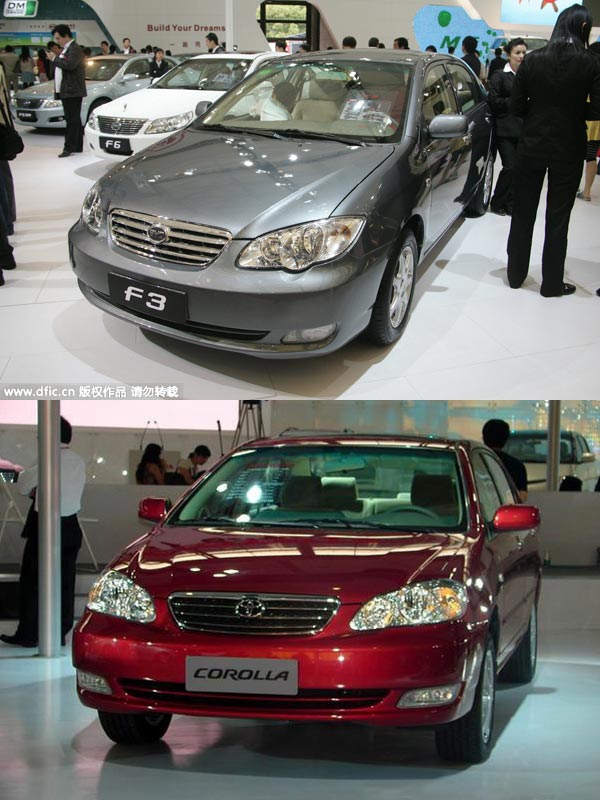
The success of BYD in China soon caught the eye of Warren Buffett, on the recommendation of his partner, the late Charlie Munger, as he looked to capitalise on the growing automative industry in the country.
During a tour of the business’ factories and operations, Wang reportedly took a sip of battery fluid to impress the investors and prove that that BYD’s batteries had the “potential to solve environmental problems, rather than create more”.
His bold move proved to be successful. A few months later, the firm secured a US$230 million investment from Buffet’s Berkshire Hathaway in 2008 for a 10 per cent stake in the company.
“We have to learn from them, then we can stand on their shoulders”
Much like BYD’s battery arm, Wang opted for a workforce-heavy approach for the company’s auto business. Instead of investing into automation, he once again hired thousands of workers to handle simple processes.
According to the Wall Street Journal, these employees were often brought in on short-term contracts, allowing the company to replace them within a couple years to avoid increasing wages.
Apart from this, BYD also strategically shifted its production in-house for nearly all components, including its lamps and semiconductors. Since the company’s inception, Wang has always strived to independently manufacture the crucial and costly elements of its vehicles.
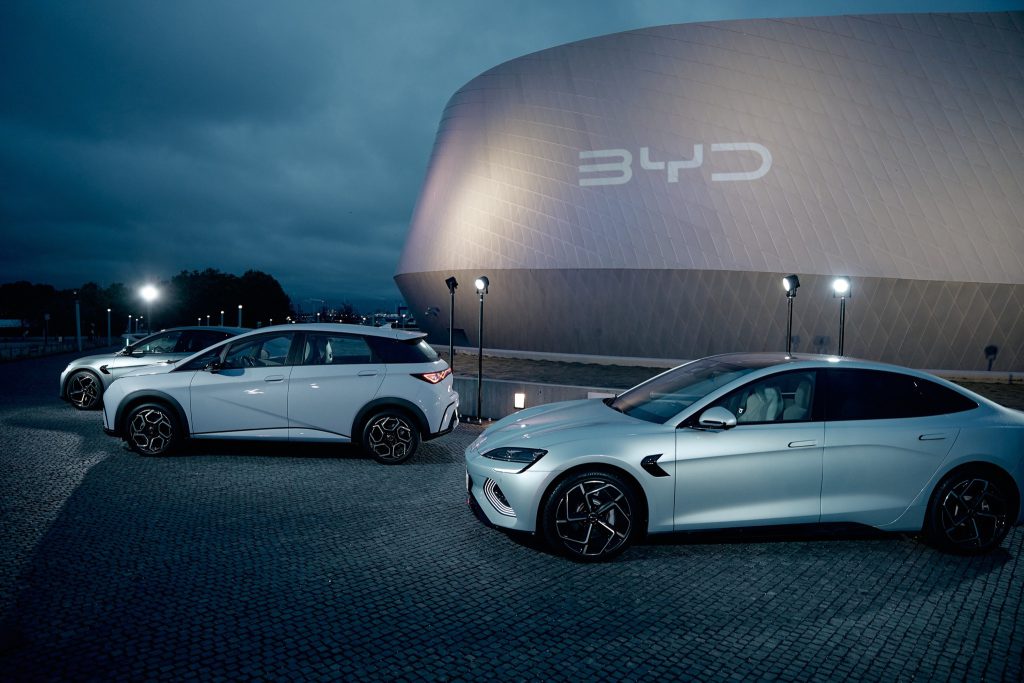
Wang has always remained transparent about his strategy of imitating various competitors in the automotive scene. In various interviews, he candidly acknowledged that BYD drew inspiration from existing products, however, he avoided replicating patented components.
We have to learn from them, then we can stand on their shoulders.
– Wang Chuanfu in an interview on a Chinese news program in 2021
2019 was a year filled with challenges for BYD
Following Buffet’s investment into the company, BYD made its next big splash by launching the world’s first mass-produced plug-in hybrid, beating many global names like General Motors and Toyota to the punch.
The plug-in hybrid was initially sold to a limited number of government agencies and corporations in China. The following year, BYD subsequently began manufacturing its first all-electric car.
By the end of 2009, BYD had gained US$5.1 billion in value, and Wang had become the richest person in China, topping Forbes China’s rich list for the first time.
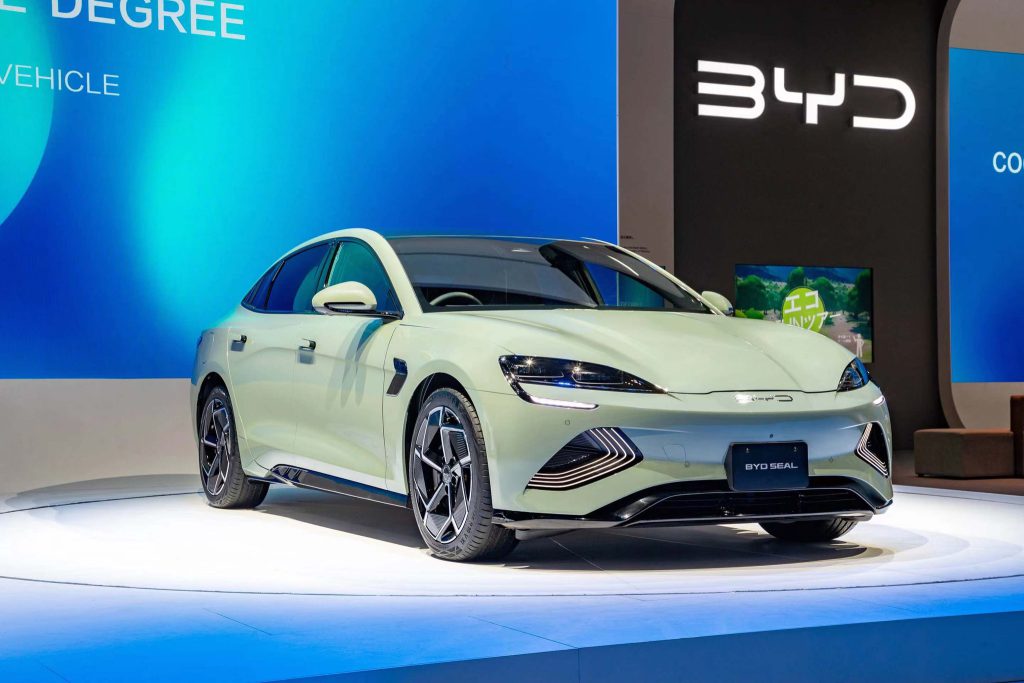
Things seemed to be smooth sailing for the automative company for the next couple of years, that is, until the emergence of Tesla and other EV startups in the Chinese EV market.
In 2019, BYD’s earnings plummeted by half, with the company selling 21 per cent fewer vehicles than it had in the previous year amid the competition. At that point, Wang openly shared that the company had only one goal—survival.
To keep up with the rapidly evolving EV landscape and revitalise its position in the market, the brand redirected their focus onto innovation and R&D. Eventually, BYD came up with Blade, a battery that could safely power EVs over longer distances.
In 2020, Blade made its debut with BYD’s Han electric sedan, which can drive 375 miles (approximately 600 km) in a single charge. The EV costs around US$30,000, which is less than half the price of a Tesla Model S with a similar range.
BYD is looking to “aggressively expand” across S’pore
BYD’s global sales has since quadrupled from 2020 to 2022, solidifying its position as China’s top seller of new-energy vehicles.
Having conquered the Chinese market, BYD is now actively seeking to enter overseas markets for their global expansion. Today, the company is present across 6 continents, in more than 70 countries, and over 400 cities worldwide, including Singapore.
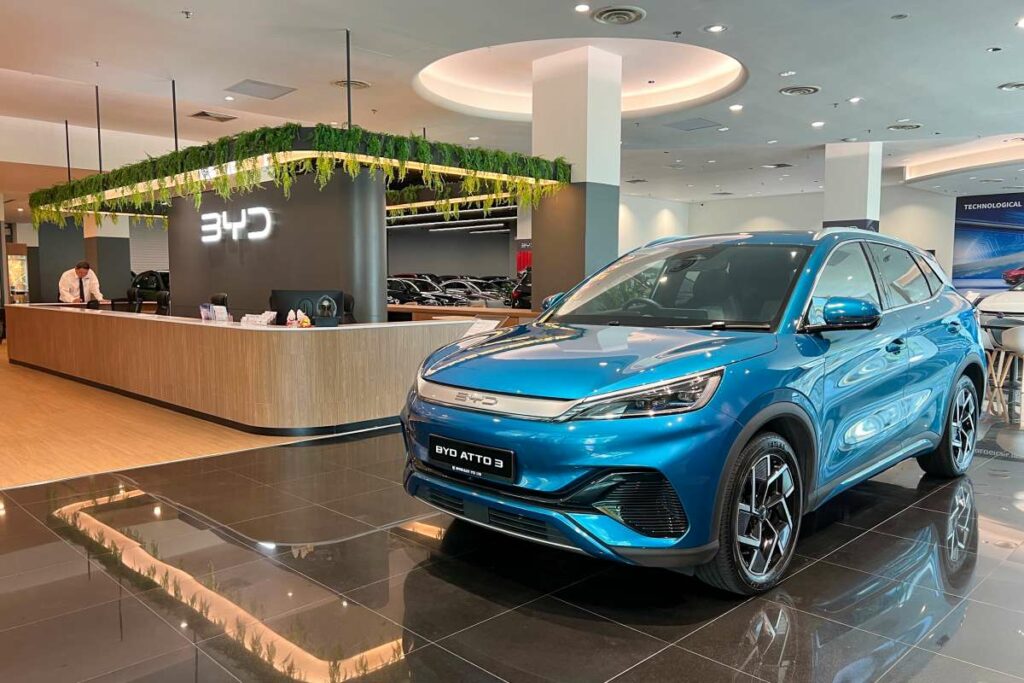
Although BYD has been in Singapore since 2014, the company recently doubled down on its expansion efforts in the city-state.
Last June, the EV manufacturer has collaborated with EightX Lifestyle Group to open their first lifestyle centre, BYD by 1826 at Boat Quay, which allows customers to dine while learning more about BYD’s EV technology.
Two months later, the company went on to launch a cafe-cum-showroom in a mall in the heart of downtown, right next to another shopping centre that houses Tesla’s showroom.
Looking forward, BYD shared that it has “aggressive expansion plans” in store for the region, including the opening of two or three more outlets this year, up from the current crop of seven outlets.
Beyond Asia, it is also looking to strengthen its presence across various regions including the Middle East, Africa, Europe, and North America.
Ultimately, BYD is looking to position itself amongst the top tier of carmakers worldwide and command the same amount of recognition and esteem as global household names.
“China has yet to create a single international marquee of its own that is universally recognised and respected,” Wang said at a ceremony commemorating the production of BYD’s 5 millionth EV in Shenzhen. “It is time for Chinese carmakers to upend the order of the global automotive industry and chart a course into a new vast territory.”
Embark on your startup journey with MAS-regulated ANEXT Bank, one of Singapore’s first digital banks for SMEs.
Featured Image Credit: Fabrizio Costantini/Bloomberg via Getty Images
